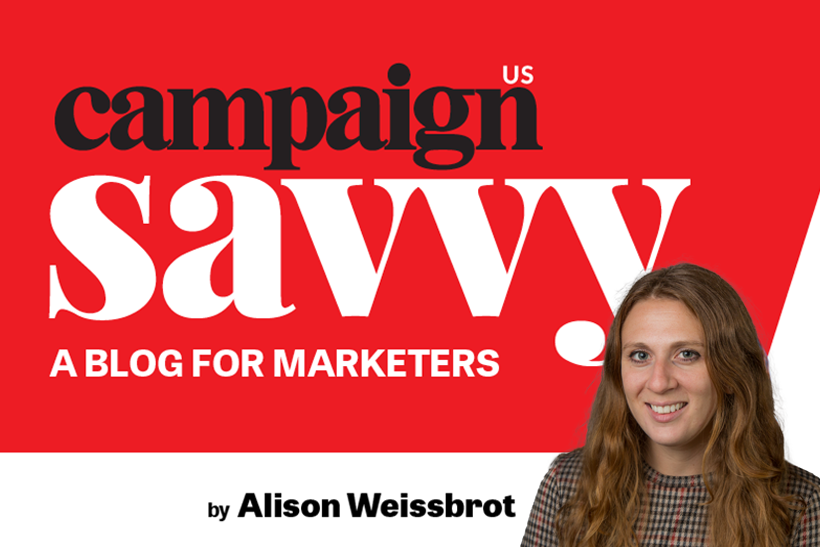Web Design’s Impact on Your Digital Marketing Strategy
When developing a digital marketing plan, one of the first considerations should be web design. The website is typically the initial point of contact for prospective clients for most businesses and brands. To effectively transmit your message, it’s only...

When developing a digital marketing plan, one of the first considerations should be web design. The website is typically the initial point of contact for prospective clients for most businesses and brands. To effectively transmit your message, it’s only natural to choose a professional and user-friendly website design.
Your strategies are only as powerful as your online platform when it comes to digital marketing. Concentrating on web design increases your chances of generating more leads and converting them into paying customers. This article discusses the impact of web design on your digital marketing strategy.

1. User Experience
For years, the terms User Experience (UX), Information Architecture (IA), and User Interface (UI) have been circulating in the marketing industry, but what does it mean? It’s all about responsive design, rapid navigation, and making it easy for mobile clients to finish purchases. The reality is that it permeates all spheres of life and society. When considering a user experience upgrade, businesses should assess their bounce rates, abandonment rates, page session time, and other metrics. Learning about website design basics like IA UX and UI can help you shape the right experience for your target audience.
These signs can assist you in determining locations where your consumers are experiencing difficulties. For instance, a form may not be loading correctly on mobile devices, or your checkout may request additional information from people who only want to make a purchase and quit the site. For that reason, when developing your strategy and objectives, you should place a premium on providing the most direct, most fluid, and most responsive user experience possible.
2. Search Engine Optimization
One of the most frequently cited reasons for a website redesign is to boost Search Engine Optimization (SEO). On the other hand, many others argue that the design components do not adequately support all of the ranking variables necessary for higher rankings. When Google makes a significant adjustment, the effect on the ranking is quick. Because of this, websites are updated frequently to reflect the most up-to-date information.
Google’s algorithm is an excellent tool for enhancing any digital marketing approach. When creating a website or producing content for one, ensure that your work stands out from the crowd. Google dislikes information duplication. This form of content duplication is common in e-commerce website design since it enables the presentation of products with identical content descriptions but minor specification differences on the same page.
From Google’s or any other search engine’s standpoint, this seems to be a carbon copy of the original. Creating unique product pages with corresponding descriptions can avoid content duplication, easing any concerns about having redundant material.
3. Branding
Maintaining consistent brand identity is critical for organizations because it develops customer trust and credibility, which contributes to strengthening customer-company relationships. If you want to establish a unique platform, testing new concepts before launching a website might help you accomplish that goal more efficiently. Even if you design it meticulously and the layout is visually appealing and user-friendly, you cannot launch the website unless you have verified that everything works properly.
Testing will aid businesses in identifying and addressing issues, errors, and omissions to guarantee that the user experience is not harmed in any manner. Consistent branding requires continuous testing since business owners should ensure that their brand values are reflected in their platform. If you value the simplicity and openness that characterize your brand, be certain that the aesthetics and navigation options match this.
4. Conversion Rates Optimization (CRO)
While reviewing its performance indicators, keep a website’s conversion rate in mind to provide the most excellent possible Client Experience (CX). Because conversion rate is intrinsically linked to how a user interacts with a website, it’s critical to examine when a business makes marketing decisions. Conversion rates are closely related to the success of web design when it’s done correctly.
When it comes to marketing strategy and website design, each reaction is critical to consider. Key Performance Indicators (KPI) and other activities such as tracking new vs. returning customers, attribution of social media ads, and consumer behavior are vital concerns for marketers. This way, you’ll have a clearer picture of what works and could be improved.
While a website template solution may appear to be straightforward and affordable in concept, it can negatively influence a website’s user experience and overall conversion rate. After viewing a website and being unable to locate the information they need due to a poorly placed call-to-action button or unclear navigation, a user is more likely to depart and visit a competitor’s website.
5. Content Readability
As a part of digital content marketing, your text should be visually appealing and easy to read to fit your website’s general style. It’s advisable to use a single typeface for titles and a different typeface for body text to look professional and attract a more potential audience. You must utilize the appropriate fonts and colors to ensure that your visitors can read and comprehend your content.
Even if you provide the most valuable information on a particular subject, your readers may lose interest in your work if the font color is too similar to the backdrop color. Additionally, your body copy should be clear and legible. When it comes to content marketing, these little details can significantly impact your content marketing approach’s efficacy with prospective clients. In general, your website’s design should be geared at attracting and retaining visitors, readers, and customers.
While numerous web design and development elements affect content marketing, the bottom line is that your site should be built with your audience in mind from the very start. The easier it is for your visitors to find what they’re looking for, and the more fun they get from reading your content, the more effective your strategy will perform.
Takeaway
In conclusion, web design has a significant impact on how a business approaches digital marketing. If you commit a web design error, you risk damaging your business’s reputation. Ascertain that no component of digital marketing is overlooked and factor it into your entire strategy and implementation plan. Keep in mind that effective web design is critical for website branding, search engine optimization, and social media outreach. A clear understanding of your website’s design can help you boost your digital marketing strategy and overall brand.

 Aliver
Aliver 
































